Simple Natural Solutions For Removing Ants From Your Yard
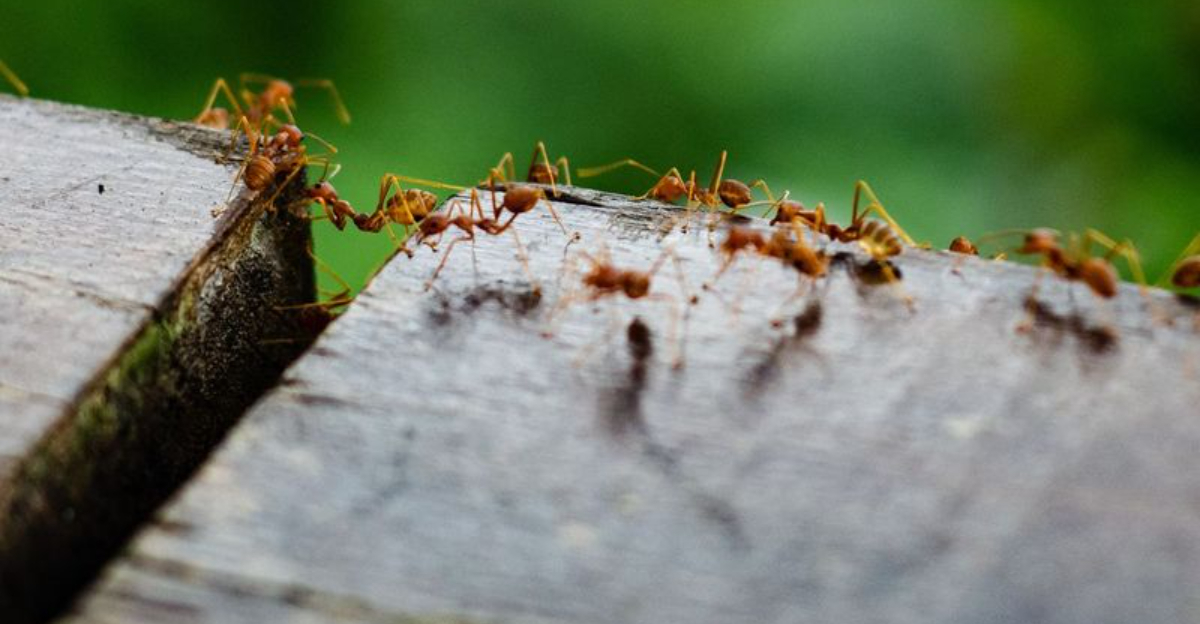
Those tiny invaders marching across your yard can quickly become a big headache. Ants build colonies that damage plants, create unsightly mounds, and sometimes even bite.
The good news? You don’t need harsh chemicals to send them packing. These natural solutions are safe for your family, pets, and the environment while effectively showing ants the exit.
1. Boiling Water Flush
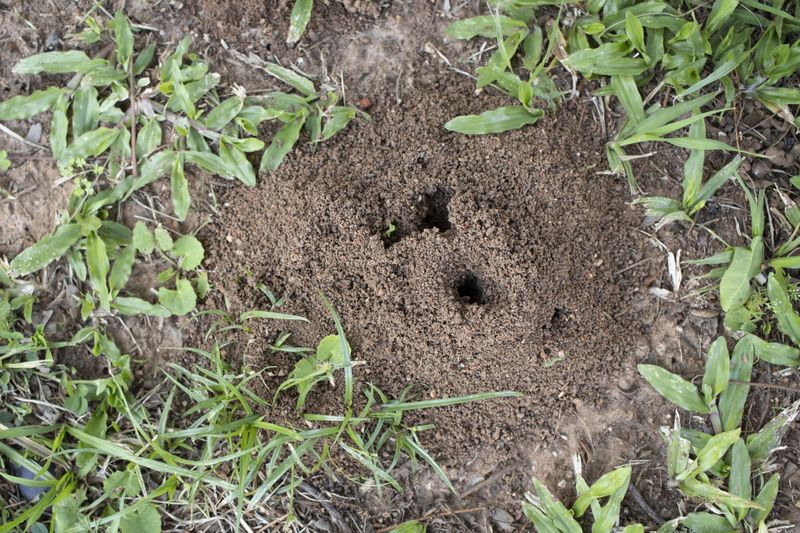
Nothing sends ants running faster than a kettle of boiling water poured directly into their nest. This instant solution works particularly well for visible ant hills in garden paths or lawns.
The scalding temperature destroys both ants and eggs on contact. Just be careful to avoid nearby plants that might get damaged in the process.
2. Citrus Peel Barriers

Breakfast leftovers become ant repellents when you save those orange, lemon, or grapefruit peels. The strong citrus oils naturally repel ants without harming your garden ecosystem.
Simply scatter fresh peels around problem areas or grind them up and sprinkle the pieces. Replace them every few days as the scent fades.
3. Chalk Line Defense

Drawing lines with ordinary chalk creates a barrier ants won’t cross. The calcium carbonate disrupts their scent trails and feels uncomfortable under their tiny feet.
Create chalk boundaries around garden beds, patio edges, or home entry points. Reapply after rain or when you notice the lines fading away.
4. Cinnamon Sprinkle Strategy

Spice cabinet to the rescue! Cinnamon isn’t just for baking – it’s an ant’s worst nightmare. The strong scent masks their trail pheromones and acts as a natural deterrent.
Sprinkle ground cinnamon around entry points, ant trails, or directly on nests. The pleasant aroma that humans love sends ants searching for less fragrant territory.
5. Diatomaceous Earth Dusting
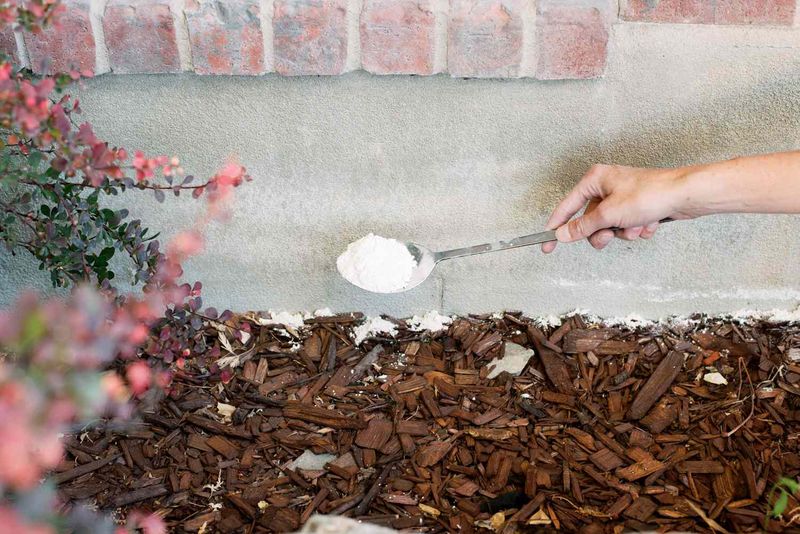
This fine powder looks harmless to us but acts like microscopic shards of glass to insects. Food-grade diatomaceous earth cuts through ants’ exoskeletons, causing them to dehydrate.
Apply a thin layer around plants, along foundations, or directly on ant hills. Reapply after rain since moisture reduces its effectiveness.
6. Coffee Ground Barriers
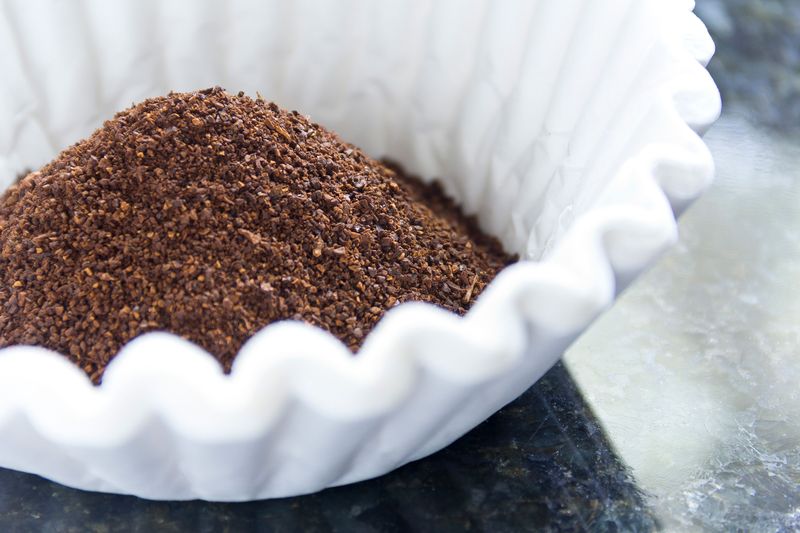
Morning coffee rituals create perfect ant repellents! Used coffee grounds contain compounds that naturally repel ants while adding nutrients to your soil.
Scatter cooled grounds around plants, trees, or problem areas. The caffeine and diterpenes in coffee act as natural insecticides, while the texture creates an uncomfortable barrier.
7. Vinegar Spray Solution
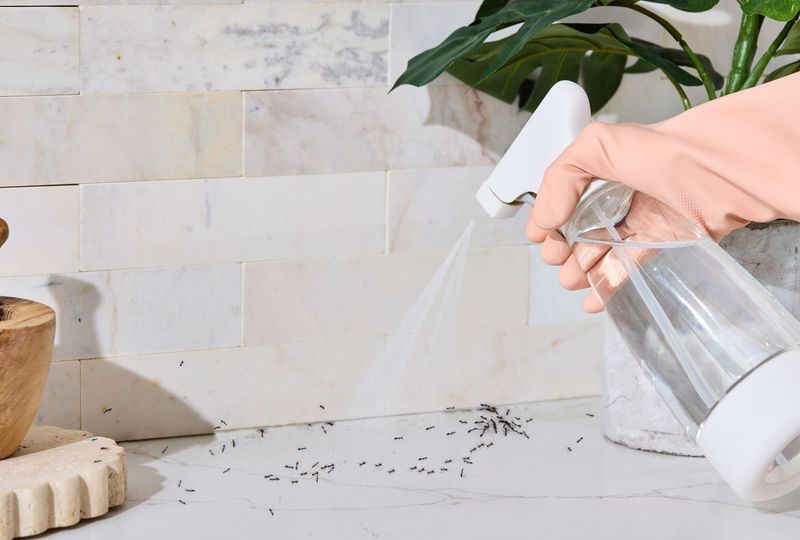
Humble white vinegar transforms into ant kryptonite when diluted with equal parts water. The acidic mixture erases scent trails and confuses ant navigation systems.
Fill a spray bottle and target ant pathways, nest entrances, and problem areas. The strong smell disappears as it dries, but the ant-repelling properties remain active.
8. Mint Plant Perimeter
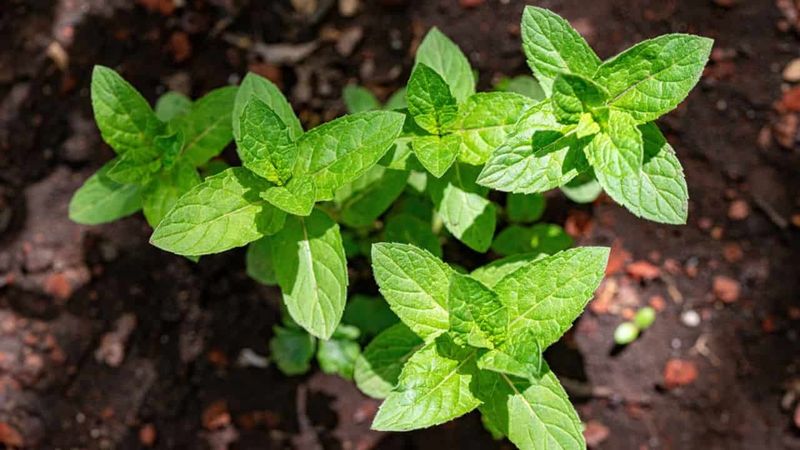
Garden beauty meets pest control with aromatic mint plants! These fragrant herbs naturally repel ants while attracting beneficial insects like bees and butterflies.
Plant mint around garden borders, near patios, or in containers near problem areas. The strong essential oils confuse ants and disrupt their chemical communication.
9. Borax Sugar Trap
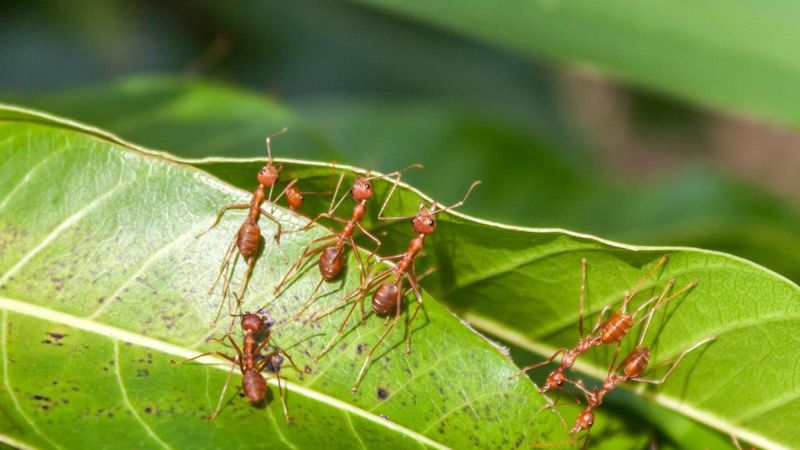
Sweet deception works wonders with this two-ingredient solution. Mix equal parts borax and sugar with enough water to create a syrupy consistency.
Place small containers of this mixture near ant trails. Worker ants carry the sweet poison back to the colony, eliminating the population from within. Keep away from pets and children!
10. Cucumber Peel Deterrent

Cucumber peels contain compounds that ants find absolutely revolting. This salad leftover creates an invisible force field that keeps the tiny invaders at bay.
Place fresh cucumber peels in strategic locations around your yard. Replace them every few days as they dry out to maintain their effectiveness against determined ant colonies.
11. Cornmeal Confusion

Pantry staples become pest control with this clever trick. Cornmeal looks like food to ants, but they can’t actually digest it, causing problems after consumption.
Sprinkle dry cornmeal near ant trails and nests. The workers carry it back to feed the colony, but it expands inside them when they try to eat it.
12. Essential Oil Barrier

Scents we find pleasant can be overwhelming for ants’ sensitive antennae. Peppermint, tea tree, and lemon eucalyptus oils create invisible boundaries ants won’t cross.
Mix 10-15 drops with water in a spray bottle and apply around entry points, or soak cotton balls and place in problem areas. The aromatic barrier confuses and repels scout ants.
13. Cayenne Pepper Sprinkle

Turn up the heat on unwanted ant visitors with fiery cayenne pepper. The capsaicin that gives peppers their spice irritates ants’ exoskeletons and disrupts their scent trails.
Sprinkle cayenne powder around plants, along foundations, or directly on ant trails. The spicy barrier sends a clear message that your yard is off-limits.
14. Baking Soda & Powdered Sugar Mix

Sweet deception leads to ant elimination with this clever combination. Mix equal parts baking soda and powdered sugar to create an irresistible but lethal bait.
Place small piles near ant trails or nests. The sugar attracts them while the baking soda creates a fatal reaction when consumed. The colony gradually diminishes as workers share the mixture.






